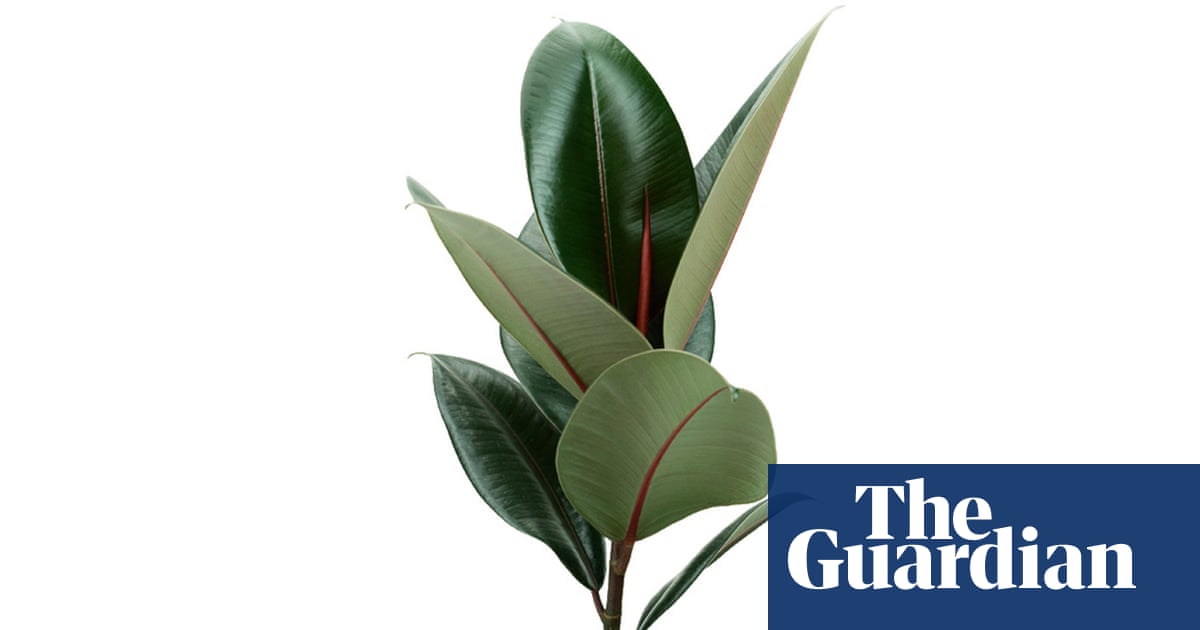
"The black dots you're seeing are most likely thrips droppings. These tiny insects puncture the leaf surface to drain sap, resulting in silvery streaks, mottled patches, curling and eventual leaf drop. They thrive in warm, dry conditions and are easily introduced when plants are moved outdoors. Once inside, they spread rapidly, particularly on mature, leafy specimens. Their damage is often mistaken for nutrient deficiencies or sun scorch, but the telltale sign is the combination of silvery streaks with tiny black specks."
"Begin by gently wiping leaves with a damp cloth to remove droppings and any insects. Next, spray thoroughly with pesticide, and repeat weekly to interrupt the life cycle. Persistence is key, as thrips eggs hatch quickly. For a large and highly valued plant like yours, biological control agents such as predatory mites (for example, Amblyseius cucumeris) can be introduced to reduce thrips populations naturally."
Tiny black specks on rubber plant leaves indicate a thrips infestation. Thrips puncture leaf tissue to feed, causing silvery streaks, mottling, curling, yellowing and eventual leaf drop. Thrips thrive in warm, dry conditions and are often introduced when plants are moved outdoors, spreading rapidly on mature, leafy specimens. Initial management includes gently wiping leaves to remove droppings and insects, then applying thorough pesticide sprays weekly to break the life cycle. Biological controls such as predatory mites (Amblyseius cucumeris) can lower populations on valuable plants. Prevention involves inspecting new leaves, increasing humidity and isolating plants after outdoor exposure for two weeks.
Read at www.theguardian.com
Unable to calculate read time
Collection
[
|
...
]